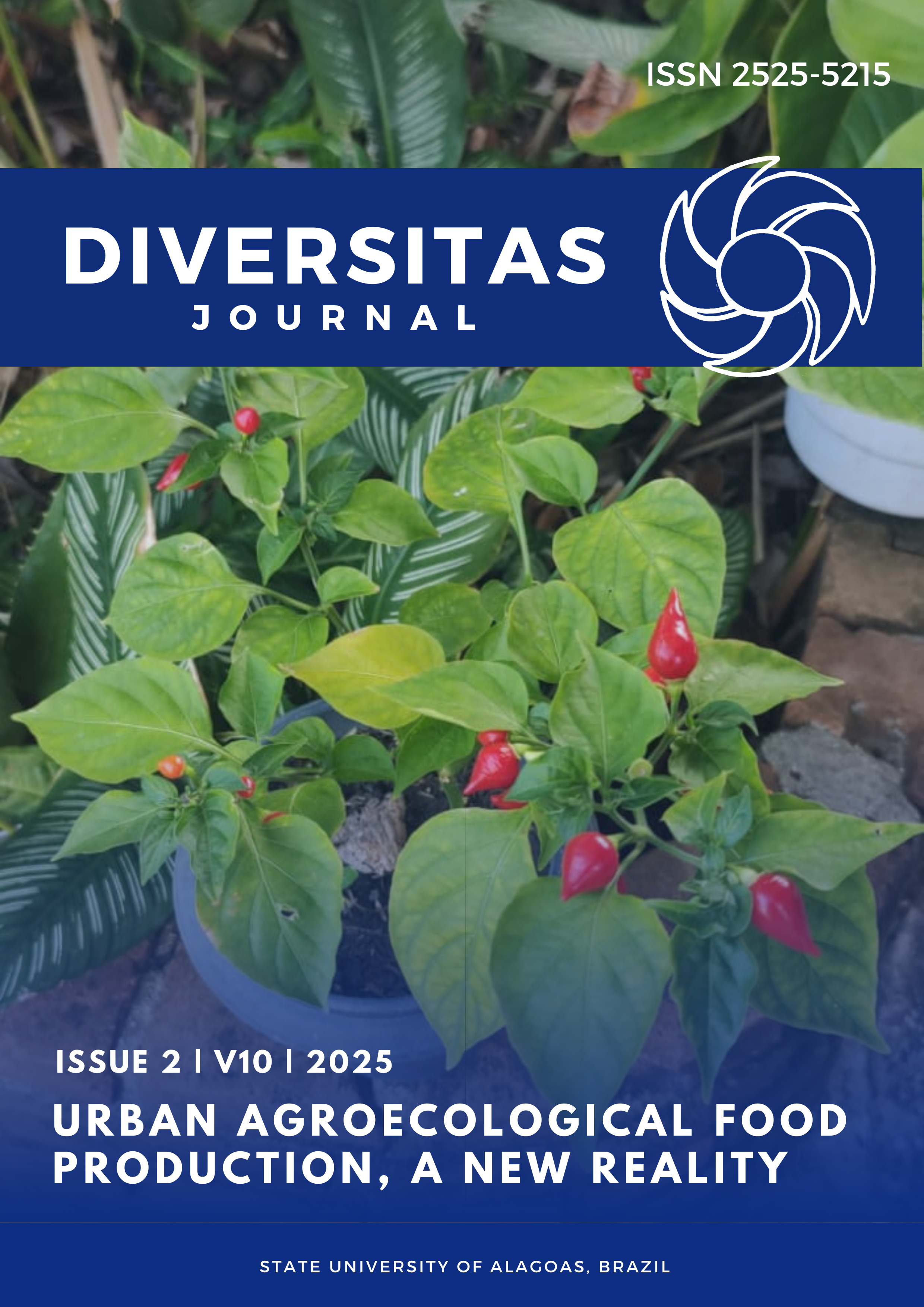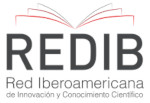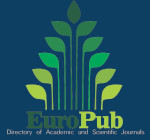Além do sustento: explorando o significado cultural e narrativo do arroz em cinco narrativas ifugao
DOI:
https://doi.org/10.48017/dj.v10i2.3044Palavras-chave:
cultural semiotics, cultural values, Ifugao rice, indigenous knowledge, quality educationResumo
Ifugao é reconhecido mundialmente por seus Sistemas de Patrimônio Agrícola de Importância Global (GIAHS) e pelos Terraços de Arroz de Ifugao (IRT), inscritos na Lista do Patrimônio Mundial da UNESCO em 1995. Para os Ifugaos, o arroz tinawon é o centro de sua vida, tradição e festividades. Várias narrativas tomam o arroz tinawon como inspiração, com cada narrativa apresentando sua representação única do arroz. Por meio de uma abordagem qualitativa, este artigo argumenta que as narrativas selecionadas racionalizam o estabelecimento do arroz tinawon como base para os ritos, práticas, organização social e sistemas de valores. Além disso, o arroz é um símbolo de troca mútua e parceria entre o Mundo Celeste e os primeiros povos de Ifugao, garantindo bem-estar. Por fim, o arroz simboliza a resposta favorável dos deuses às necessidades humanas. Consequentemente, a ausência do arroz tinawon levaria ao declínio cultural e literário do povo Ifugao, marcando a ascensão e queda da herança literária e cultural Ifugao.
Métricas
Referências
Aguilar, F. (2013). Rice and Magic: A cultural history from the precolonial world to the present. Philippine Studies: Historical and Ethnographic Viewpoints, 61(3), 297-330.
Ajjarapu, A. (2014). Rice Science for a Better World: Analyzing the rice preference of major actors in the rice value chain. International Rice Research Institute.Los Banos, Philippines.
Arguilla, M. Rice. https://pdfcoffee.com/rice-by-manuel-e-arguilla-pdf-free.html.
Arya, Aneri (2020). An Overview of Textual Analysis as a Research Method for Cultural Studies. International Journal for Innovative Research in Multidisciplinary Field. Vol. 6.
Baker, R., Baker, F. (2002). Cultural Values in Thailand and Mexico: Oral Traditions, Folktales, and Proverbs East and West. https://scholarworks.calstate.edu/downloads/n296x131d.
Camacho, LD. (2015). Indigenous knowledge and practices for the sustainable management of Ifugao forests in Cordillera, Philippines. International Journal of Biodiversity Science, Ecosystem Services and Management, ISSN: 2152-3732, 2151-3740.
Compendium of Potential Globally/Nationally Important Agricultural Heritage Systems. 2013.
Delas Pena, MLAN. (2016). Mathematical and anthropological analysis of northern Luzon funeral textile. ISSN 0031-7683,89-103. https://archium.ateneo.edu/magisterial-lectures/30/.
Dominong, M. (2022). IFUGAO Folk Literature. Cagayan: June 14:14 Book Publishing Center. 8-10, 14-17.
Esterik, P. (1984). Rice and Milk in Thai Buddhism: Symbolic and Social Values of Basic Food Substances. Crossroads: An Interdisciplinary Journal of Southeast Asian Studies, 2, (1), 46-58.
Esmero, Diadem (2022). Rice: A symbol of hope in pandemic times. Philippine Rice Research Institute. https://www.Philrice.gov.ph>rice_a_symbol_of_hope.
Gnanamanickam, Samuel (2009). Rice and Its Importance to Human Life. 8.10.1007/978-90-481-2465-7_1.
Hanhee, H. (2005). Rice and Koreans: Three Identities and Meaning. https://accesson.kr/kj/assets/pdf/8075/journal-45-2-89-pdf.
Kim, M. (2015). Rice in ancient Korea: status symbol or community food. Antiquity, 89(346), 838-853.
Long, Jinshun (2021). Cultural Semiotics and Related Interpretation. Advances in Social Science, Education and Humanities, Vol. 568.
Mahgoub, Y., Alsoud, K. (2015). The Impact of Handicrafts on the Promotion of Cultural and Economic Development For Students of Art Education in Higher Education. Journal of Literature and Art Studies, 5(6), 471-479.
Maknun, T. (2020). Cultural Dimensions of Black Representations of Ammota Community: Study of Cultural Semiotics. https://journal.unhas.ac.id/index.php/jish.
Martin, M. (2017). The Rice Terraces of Ifugao Province, Philippines. Journal of World Heritage, ISSN 2189-4728, 1-5.
Ocampo, Hernando. (1964). Rice and Bullets. Philippine Cross Section: An Anthology of Outstanding Filipino Short Stories in English. Phoenix Publishing.
Pineda, M. (2016). Love in the Rice fields and other love stories.
Periera, T. (2007). Telling Tales: Memory, Culture, and the Hudhud Chants. Swarthmore College.
Wojtan, L. (1993). RICE: It's More Than Just a Food. Japan Digest.
Xueqin, C. (1929). Dream of the Red Chamber. Doubleday. Indigenous Peoples Education: “From Alienation to Rootedness”. Consolidated report by the Episcopal Commission on Indigenous Peoples. Christian Conference in Asia. https://cca.org.hk/ctc/ctc02-02/ctc02-02h.htm.
The 17 Sustainable Development Goals. https://sgs.un.org/goals.
Downloads
Publicado
Como Citar
Edição
Seção
Licença
Copyright (c) 2025 Karen Puguon, Joyce Arriola

Este trabalho está licenciado sob uma licença Creative Commons Attribution 4.0 International License.
O periodico Diversitas Journal expressa que os artigos são de unica responsabilidade dos Autores, conhecedores da legislação Brasileira e internacional. Os artigos são revisados pelos pares e devem ter o cuidado de avisar da possível incidencia de plagiarismo. Contudo o plagio é uma ação incontestavel dos autores. A Diversitas Journal não publicará artigos com indicios de Plagiarismos. Artigos com plagios serão tratados em conformidade com os procedimentos de plagiarismo COPE.
A violação dos direitos autorais constitui crime, previsto no artigo 184, do Código Penal Brasileiro:
“Art. 184 Violar direitos de autor e os que lhe são conexos: Pena – detenção, de 3 (três) meses a 1 (um) ano, ou multa. § 1o Se a violação consistir em reprodução total ou parcial, com intuito de lucro direto ou indireto, por qualquer meio ou processo, de obra intelectual, interpretação, execução ou fonograma, sem autorização expressa do autor, do artista intérprete ou executante, do produtor, conforme o caso, ou de quem os represente: Pena – reclusão, de 2 (dois) a 4 (quatro) anos, e multa.”















.png)




